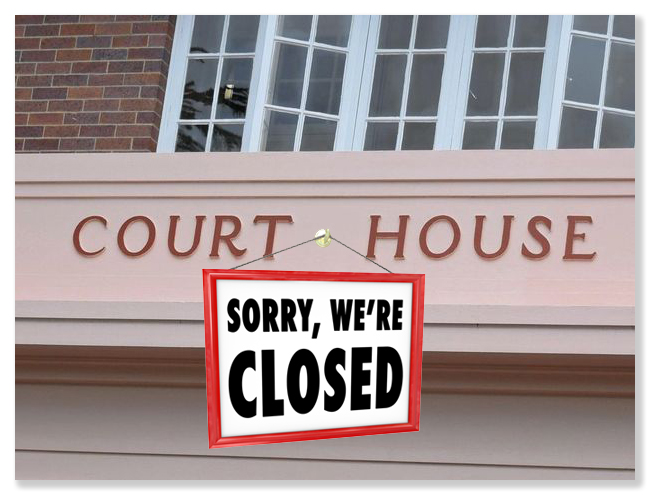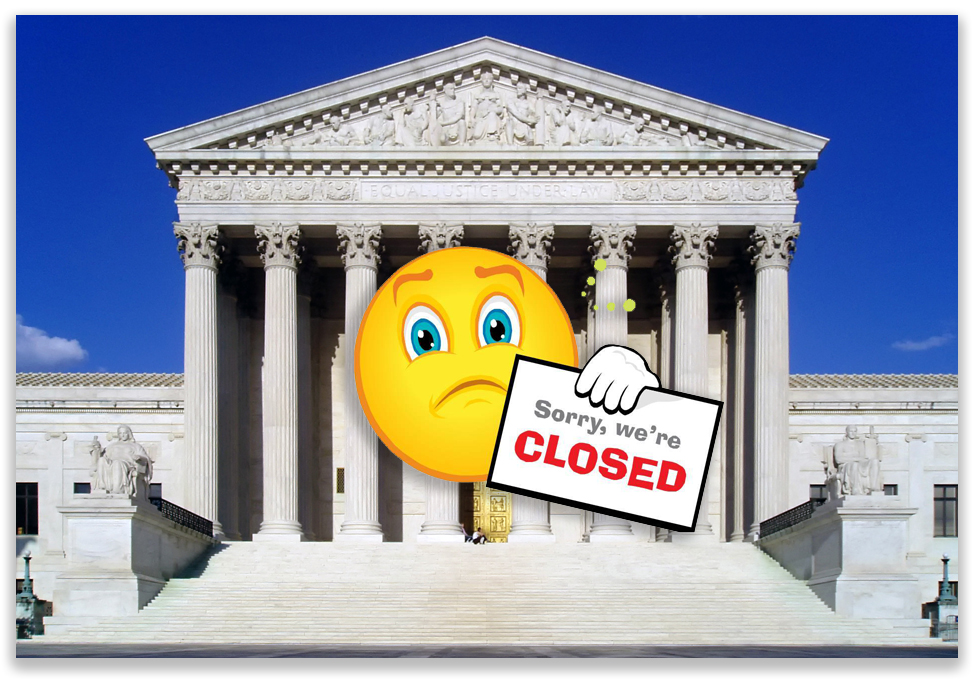- This topic is empty.
-
AuthorPosts
-
-
November 1, 2025 at 3:15 am #10932
Kris Marker
KeymasterWe post news and comment on federal criminal justice issues, focused primarily on trial and post-conviction matters, legislative initiatives, and sentencing issues.
FEDERAL COURTS ARE CLOSED, BUT UNEVENLY
 The federal judiciary ran out of money for full, paid operations last week, and the courts have fallen into ‘survival mode’.
The federal judiciary ran out of money for full, paid operations last week, and the courts have fallen into ‘survival mode’.Bloomberg Law reported last week that some court locations were closing one day per week and some staff members will be furloughed. Other staff members will work without pay to perform essential functions, including core constitutional duties and criminal cases.
The kinds of activities that fall into these exceptions and will therefore remain ongoing include emergency detention hearings, maintaining critical infrastructure like electronic filing systems, essential criminal proceedings, and urgent court filings that cannot be postponed without violating rights. It probably does not include compassionate release motions, § 2255 adjudication, and most § 2241 proceedings.
“In short,” FindLaw reported last week, “while judges remain constitutionally obligated to serve, the broader judiciary shifts into ‘survival mode,’ sustaining only the most crucial operations under strict legal limits. Most court employees (clerks, administrative staff, researchers, probation officers, and others) cannot work during a shutdown unless their tasks fall into one of those excepted categories. Those who do continue working must do so without pay until Congress restores funding. All other staff are being placed on furlough.”
 How the courts have addressed the shutdown varies. Some are only working four days a week. Others have limited the types of cases that will be decided.
How the courts have addressed the shutdown varies. Some are only working four days a week. Others have limited the types of cases that will be decided. Speaking on The Federal Drive podcast yesterday, Lathan & Watkins partner Nick Boyle, said,
There is a significant amount of autonomy in the court system. What’s happening is that there’s been a bit of divergence, court by court, as funding has run out. So, as you probably know, there was a period where non-appropriated funds could be used by courts. So, that’s things like the balances in court fee accounts, for example. At this point, that funding has essentially been exhausted, and courts are making different decisions on whether to stay open, what to prioritize, etc., depending on things like their caseload or what type of cases that they might take. So, you’re seeing a little bit of a divergence.
The last shutdown that led to court furloughs was over 30 years ago, during the Clinton administration.
ABA Journal, Federal courts furlough some staff as money runs out; Supreme Court will close to the public (October 20, 2025)
Bloomberg Law, US Courts Face First Furloughs Under Shutdown in 30 Years (October 17, 2025)
Findlaw, Justice Unpaid is ‘Justice Delayed’ as Courts Face Government Shutdown (October 22, 2025)
Federal News Network, The ongoing government shutdown is impacting the federal judiciary (October 30, 2025)
~ Thomas L. Root
-
-
AuthorPosts
- You must be logged in to reply to this topic.